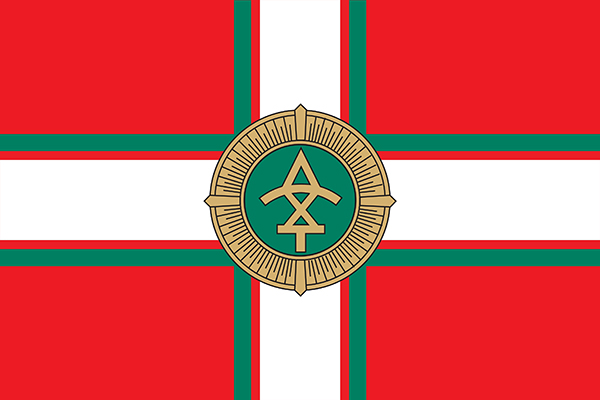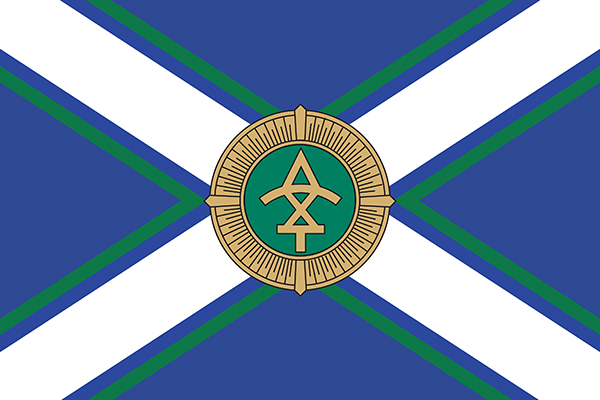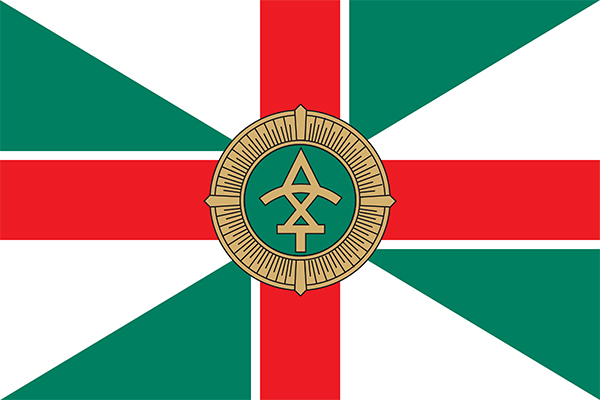HISTORY OF BORDER POLICE
In ancient times, when the Georgian people living near the border found themselves in unbearable conditions due to the frequent attacks from neighbouring countries, Georgian kings decided to form a Coast Guard and deploy them in the fortified towers. At that time, the nobles living near the border had the responsibility to protect the state border. Their primary duty was to protect the border of the country and to guard the boundary markers.
On the boundary markers (samani stones) of the United Georgia can be found a stylized image of Asomtavruli letter J (Ⴟ). This image has been known since I-II centuries and is depicted on the tombs of the Pitiakhshi of Kartli. From the time of Queen Tamar, the symbol was engraved on boundary markers (samani stones) and coins.
In May 1918, the newly formed Georgia, in the very first days of its existence, was faced with a need of reliable border protection. The Georgian military was first to recognise this, therefore, it was decided to create a Coast Guard within the Ministry of Military. On November 6, 1918, the Minister of Military, Grigol Giorgadze sent the draft law on the Staff and Estimates of the Coast Guard for approval to the Chairman of the Parliament of Georgia, Nikoloz Chkheidze. The draft law stated: “We need well-equipped Coast Guard to monitor both the sea and the land coastline, to prevent the smuggle of illegal weapons and contraband and the illegal entry of the armed mobs.”




In 1918-1921, the Coast Guard was subordinated to the Ministry of Military. In addition to their duties of controlling borders, the border guards fought alongside other units of the armed forces as infantry units.
Prior to the reorganisation in July, 1919, 4,820 officers and soldiers served in the Coast Guard. 3 detachments were formed, each with 4 divisions and 12 precincts.
On May 26, 1991, Georgia regained its independence and resumed the difficult process of establishing various vital state institutions, including the Border Service.
SYMBOLS OF THE BORDER POLICE
 |
 |
 |
||
| BORDER POLICE FLAG | COAST GUARD FLAG | BORDER AVIATION FLAG |
